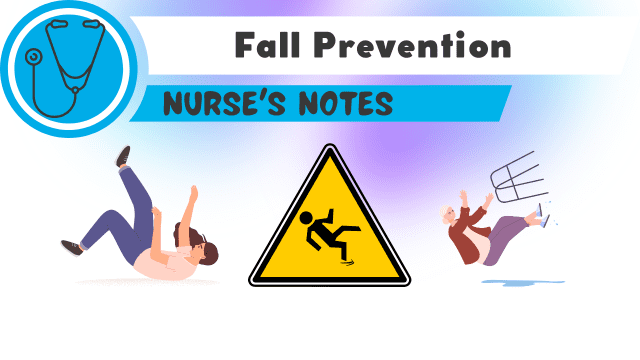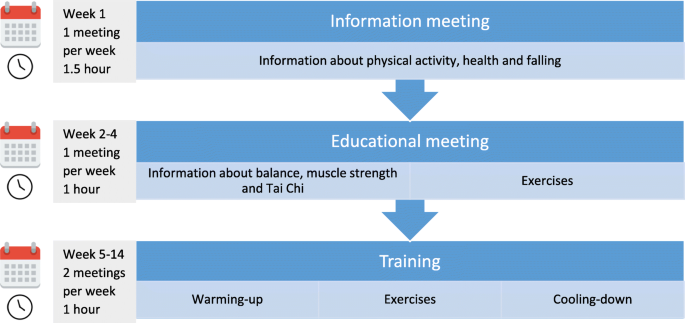Facts About Dementia Fall Risk Revealed
Facts About Dementia Fall Risk Revealed
Blog Article
The 30-Second Trick For Dementia Fall Risk
Table of ContentsThe 10-Minute Rule for Dementia Fall RiskDementia Fall Risk for DummiesHow Dementia Fall Risk can Save You Time, Stress, and Money.The smart Trick of Dementia Fall Risk That Nobody is Talking About
A loss risk assessment checks to see how most likely it is that you will certainly drop. It is mostly done for older grownups. The evaluation typically includes: This consists of a series of concerns concerning your general wellness and if you have actually had previous falls or issues with equilibrium, standing, and/or strolling. These devices check your strength, equilibrium, and gait (the means you stroll).Interventions are referrals that may decrease your danger of dropping. STEADI consists of 3 steps: you for your danger of falling for your danger aspects that can be improved to try to avoid falls (for instance, balance issues, damaged vision) to decrease your danger of falling by making use of efficient strategies (for example, providing education and sources), you may be asked numerous concerns consisting of: Have you fallen in the past year? Are you worried concerning dropping?
If it takes you 12 seconds or more, it may mean you are at higher threat for a loss. This examination checks toughness and equilibrium.
Relocate one foot midway forward, so the instep is touching the large toe of your various other foot. Move one foot fully in front of the other, so the toes are touching the heel of your various other foot.
Dementia Fall Risk - Truths
Many falls occur as a result of numerous contributing aspects; therefore, handling the risk of falling begins with recognizing the factors that contribute to fall risk - Dementia Fall Risk. Several of the most pertinent risk variables consist of: History of previous fallsChronic clinical conditionsAcute illnessImpaired stride and equilibrium, reduced extremity weaknessCognitive impairmentChanges in visionCertain high-risk medicines and polypharmacyEnvironmental elements can also increase the threat for falls, consisting of: Inadequate lightingUneven or harmed flooringWet or slippery floorsMissing or harmed hand rails and get hold of barsDamaged or poorly fitted tools, such as beds, mobility devices, or walkersImproper usage of assistive devicesInadequate guidance of the people staying in the NF, including those who exhibit hostile behaviorsA successful fall threat monitoring program requires a detailed professional assessment, with input from all members of the interdisciplinary group

The care strategy must likewise include treatments that are system-based, such as those that advertise a safe environment (ideal illumination, handrails, get bars, etc). The effectiveness of the interventions ought to be reviewed occasionally, and the care plan changed as needed to reflect modifications in the loss risk analysis. Applying a fall risk management system utilizing evidence-based finest method can reduce the occurrence of drops in the NF, while limiting the possibility for fall-related injuries.
Dementia Fall Risk Fundamentals Explained
The AGS/BGS guideline advises screening all adults matured 65 years and older for fall risk yearly. This screening includes asking patients whether they have actually fallen 2 or even more times in the previous year or looked for clinical interest for a fall, or, if they have actually not dropped, whether they really feel unsteady when walking.
People who have fallen as soon as without hop over to here injury ought to have their balance and stride reviewed; those with gait website here or equilibrium abnormalities should obtain additional analysis. A history of 1 autumn without injury and without gait or equilibrium problems does not warrant further evaluation beyond continued yearly fall danger testing. Dementia Fall Risk. An autumn threat analysis is called for as part of the Welcome to Medicare examination

Little Known Questions About Dementia Fall Risk.
Documenting a falls history is one of the quality indications for fall avoidance and monitoring. Psychoactive medicines in specific are independent forecasters of falls.
Postural hypotension can commonly be alleviated by reducing the dose of blood pressurelowering medications and/or quiting drugs that have orthostatic hypotension as an adverse effects. Use of above-the-knee support pipe and copulating the head of the bed raised might also decrease postural decreases in high blood pressure. The suggested aspects of a fall-focused physical exam are revealed in Box 1.

A Yank time better than or equal to 12 seconds recommends high loss threat. Being unable to stand up from a chair of knee height without making use of one's arms look at this web-site indicates raised fall danger.
Report this page